The 39 Steps/1935/Gaumont British Picture Corp./86 min.
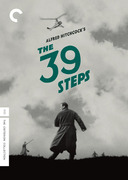 This month’s reader giveaway is the Criterion rerelease of “The 39 Steps.” Michael Wilmington reviews.
This month’s reader giveaway is the Criterion rerelease of “The 39 Steps.” Michael Wilmington reviews.
Movie thrillers come and go, but, after more than three quarters of a century, Alfred Hitchcock’s “The 39 Steps” still reigns supreme. And not only for the breathless excitement of the story, the seamless construction, the chilling, beautifully realized atmosphere and the startling stream of plot twists. Nor for its historical importance, though almost every chase and spy thriller since 1935 copies it.
Nor for its actors – despite a truly excellent ensemble: Madeleine Carroll as Pamela, the cool Hitchcockian blond; Lucie Mannheim as a seductive lady of mystery; Godfrey Tearle as an urbane master criminal; Peggy Ashcroft and John Laurie as a moody farming couple on the barren Scottish moors; Wylie Watson as that Proustian prodigy, Mr. Memory; and, at the center of the action, Robert Donat as the endlessly suave and resilient Richard Hannay, a fugitive who keeps his quiet wit and brilliant resources, no matter what dangerous curve Fate (and Hitchcock) manage to throw him.
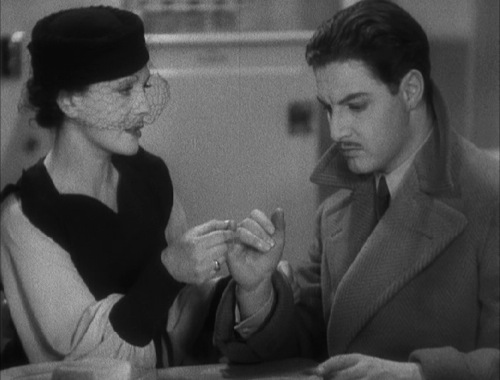
After spending the night at his London flat, the mysterious spy (Lucie Mannheim) warns Hannay that the criminal mastermind whom she betrayed is missing part of a finger.
More than anything else, the film keeps its preeminent place because this is the movie in which Hitchcock became “Hitchcock,” earning the reputation he never relinquished as “The Master of Suspense.”
Well into the 1960s, “The 39 Steps” was still commonly called his best movie. André Bazin: “It remains indubitably his masterpiece and a model for detective comedies.” And Pauline Kael: “This suave, amusing spy melodrama is . . . charged with wit; it’s one of the three or four best things Hitchcock ever did.”
Hitchcock had major successes before, but “The 39 Steps” was the first with major international impact. No previous Hitchcock so gripped, amused or thrilled audiences from Europe to America, Australia to Asia. More than any of his previous 19 British films, or the five that followed, “The 39 Steps” was responsible for his emigration to America as a first-rank filmmaker.
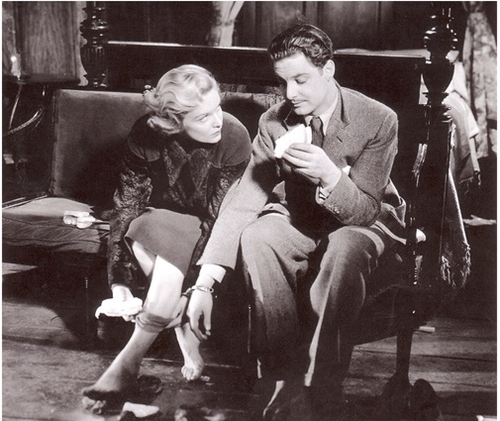
Madeleine Carroll as Pamela is just as appealing today as she was 75 years ago. She makes a point of being stroppy with Hannay while slyly flirting with him.
The Hitchcock of 1935 was no neophyte. He was a director of a decade’s experience, the master of his craft, adapting a novel by one of his favorite authors, John Buchan.
And Hitchcock was telling a story of strong personal appeal – so strong that he used bits and pieces of it throughout his career.
In “Young and Innocent” (1937), “Foreign Correspondent” (1940), “Saboteur” (1942), “To Catch a Thief” (1955), “North by Northwest” (1959), “Torn Curtain” (1966) and “Frenzy” (1972), we get part of the basic situation. The “wrong man,” accused of a crime he did not commit, flees through dangerous or colorful locales – sometimes engages in erotic sparring with a woman – and tries desperately to find the evil doppelganger who has committed the sin.
In discussing the film with François Truffaut, Hitchcock said: “What I like best about ‘The 39 Steps’ are the swift transitions.” The lightning transitions and ingenious editing keep the film fresh and bewitching. The landlady’s scream, on discovering a corpse in Hannay’s flat, becomes the shriek of the train whistle as Hannay escapes. We race at breakneck speed from London’s Portland Place to the forbidding Scottish moors, under eternal, glowering skies, and back to London, where another performance at the Palladium completes the circle.
But the swift transitions are more than geographic. Hitchcock, as he would many times again, offers a dizzying set of moral alterations: a world where love and death, fear and desire are in constant, nerve-wracking and sometimes acidly humorous juxtaposition.
Hannay begins his perilous odyssey with what seems an innocuous peccadillo: meeting and taking home a woman who calls herself “Mrs. Smith.”
“Romance” leads to danger. The woman is not a pickup; she is a hunted spy, fearful for her life. The next morning, after she is murdered by the spies on her trail, Hannay escapes from his London flat by pretending to a milkman that he is a philanderer ducking a vengeful husband – something he nearly becomes when, still dodging the police, he stays a night with a dour Scottish farmer and his much younger wife.
Earlier, fleeing the London murder scene by train, he tries to elude the police by embracing a total stranger (to her fury).
He winds up manacled to that same stranger, Pamela, taking refuge at an inn where the beaming landlady, impressed at their constant togetherness, exclaims: “They’re so terribly in love with each other!” Love and death, sex and slaughter – these are the poles of the universe so playfully presented here: reversing and replacing each other, becoming a shadowy, disturbing double mirror.
“The 39 Steps” is that rarity: a cinematic masterpiece that has stood the test of time, a great work that is also a great crowd-pleaser. Hitchcock liked to remark, with what may have been a sly touch of self-deprecation: “Most films are slices of life. Mine are slices of cake.” This particular cake is one of his most luscious: dark, savory, a richly compulsive treat.
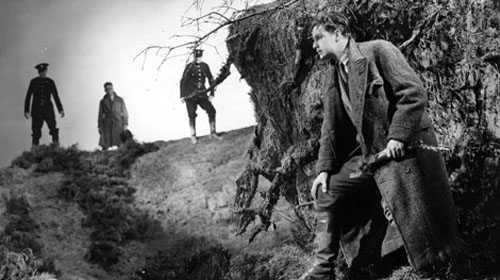
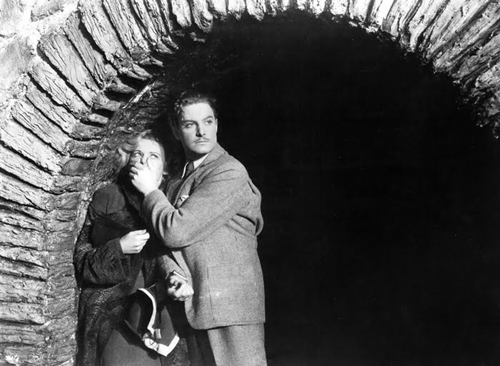
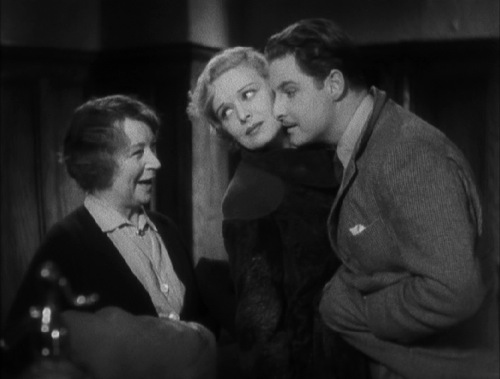





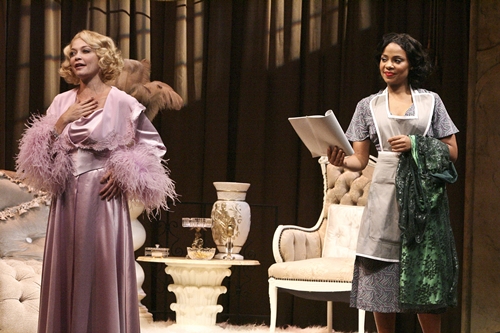

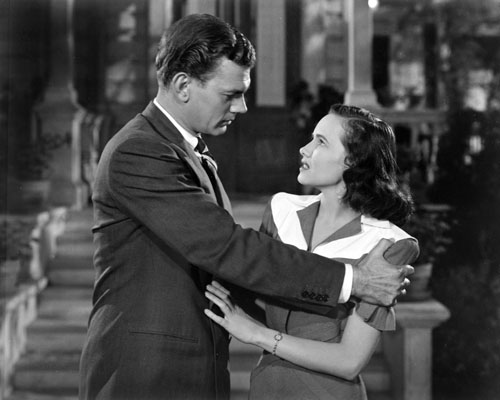
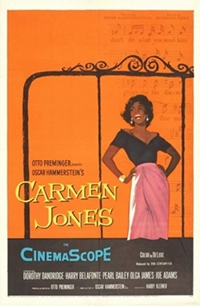
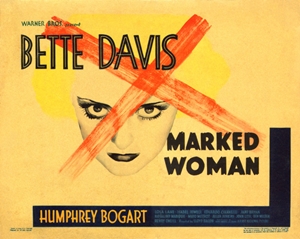
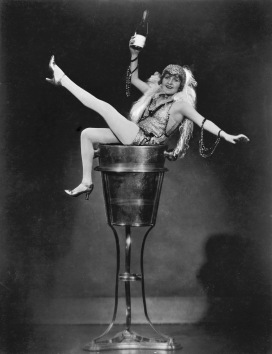
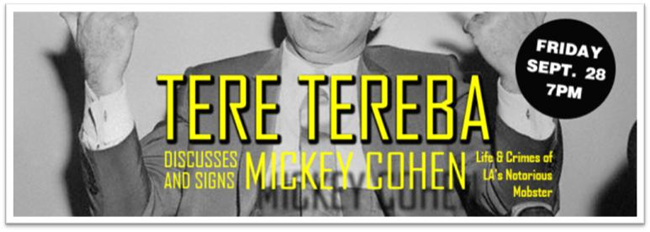
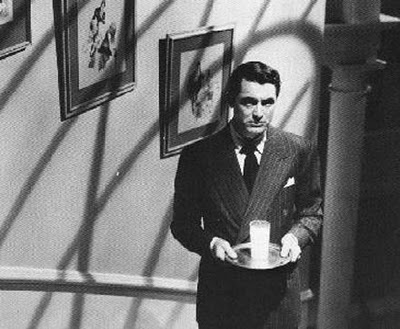
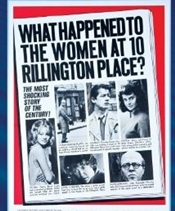
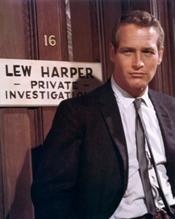
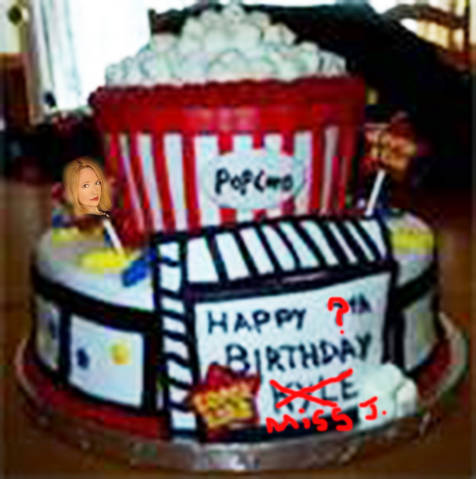
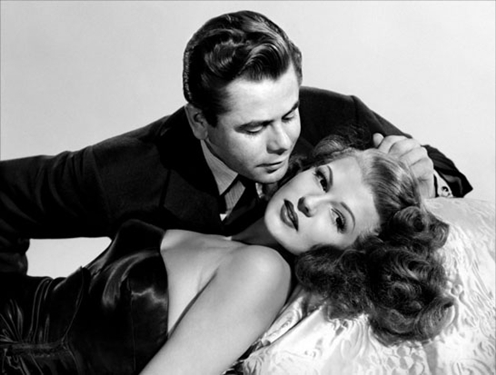
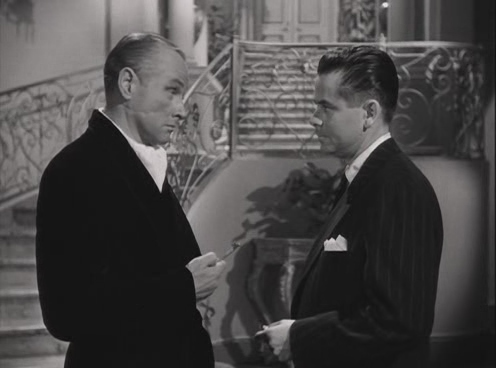

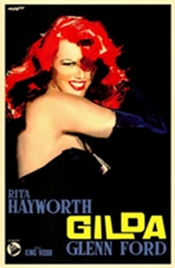
![travis_bickle_still_custom_290x370_66200784[1]](http://www.filmnoirblonde.com/wp-content/uploads/2012/09/travis_bickle_still_custom_290x370_6620078414-150x150.jpg)
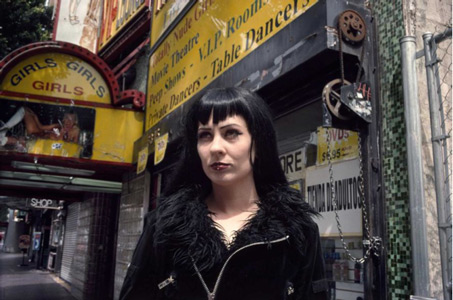
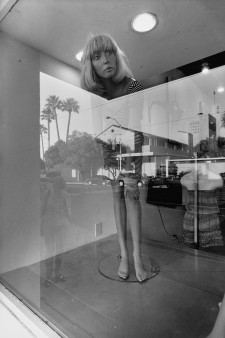





From FNB readers